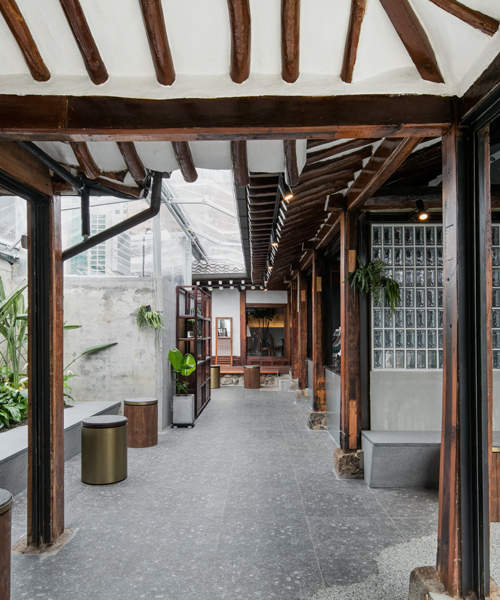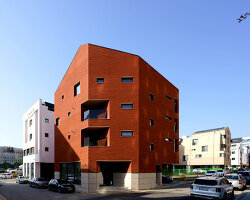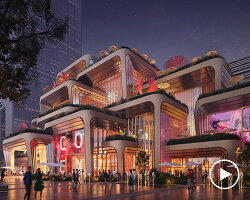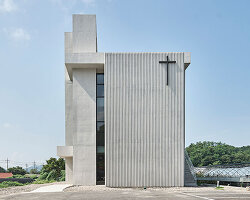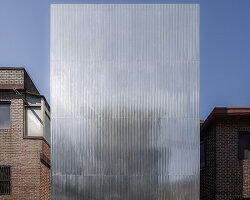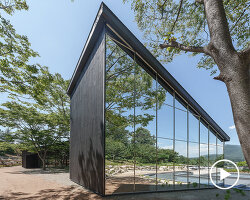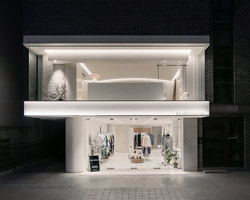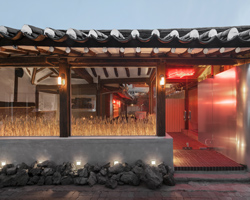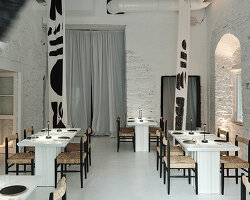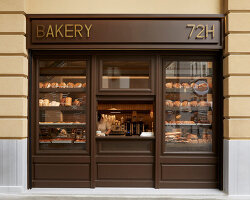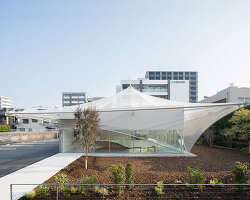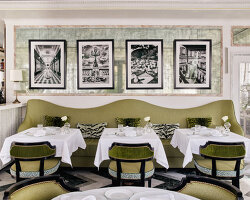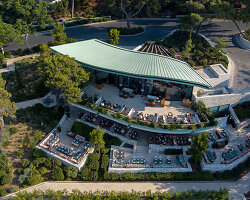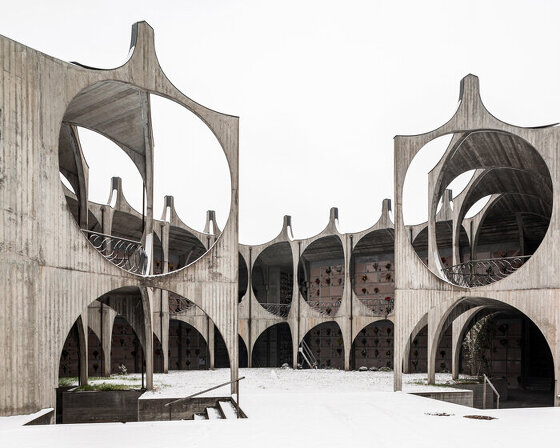in the ikeson-dong district of seoul, architects from LABOTORY have restored a 1980s and ’90s atmosphere for a seoul coffee cafe after renovating a traditional south korean house (hanok) — one of the few remaining. the goal was to create an atmosphere not by re-enactment, but through preservation. this was accomplished by modifying the house and utilizing items throughout the cafe to trigger a sense of nostalgia.
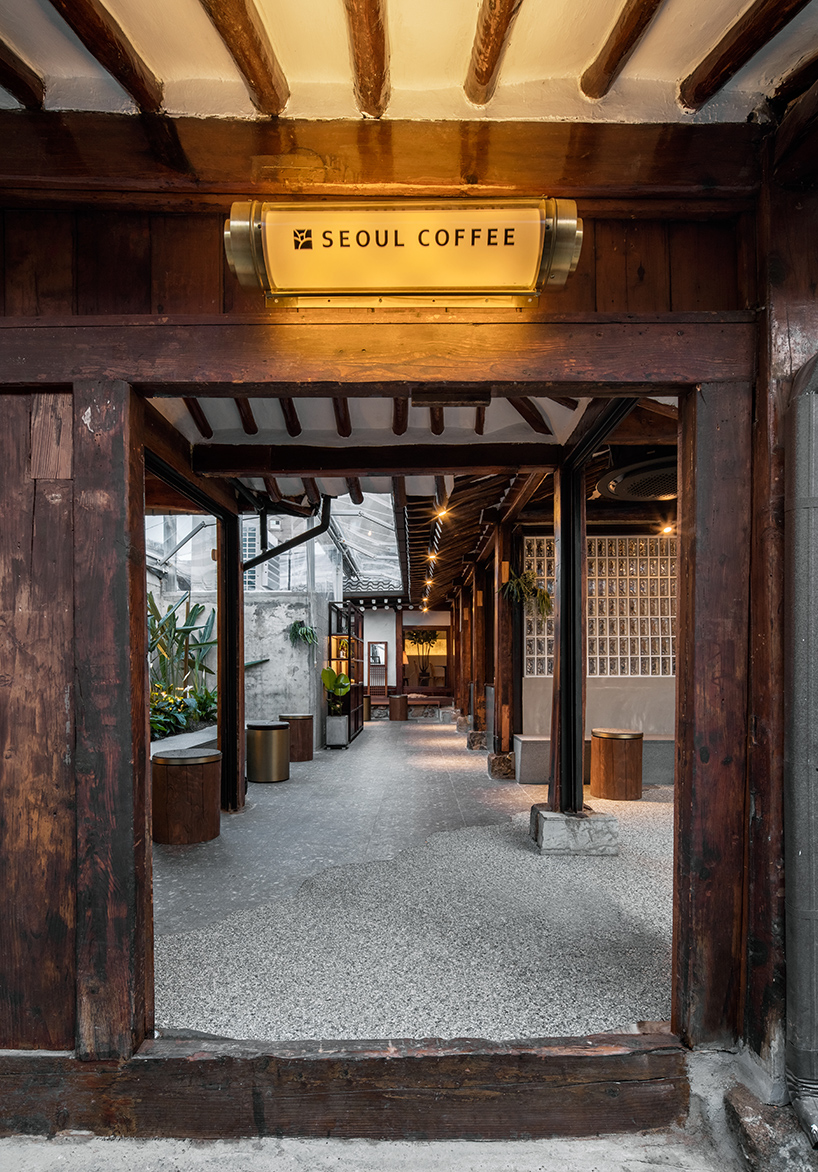
the coffee shop is located in one of the last traditional korean houses in seoul
all images by yongjin choi
however, the structure at first presented the architects with a problem, as it was not naturally fitting for a cafe. there was with no place that served as a courtyard to allow clients to gather and enjoy the venue. additionally, there was not sufficient natural light for the cafe’s desired atmosphere. thus, the architects decided to remove the existing walls to provide a seating and gathering area, while also taking away the existing ceiling and replacing it with glass to provide a route for sunlight to easily enter the cafe.

upon entering, the preservation of the traditional house is evident
after renovating the structure, the focus then turned toward interior details and incorporating items that would contribute to the unique identity of seoul coffee. however these items needed to harmonize with the setting in a rustic fashion.
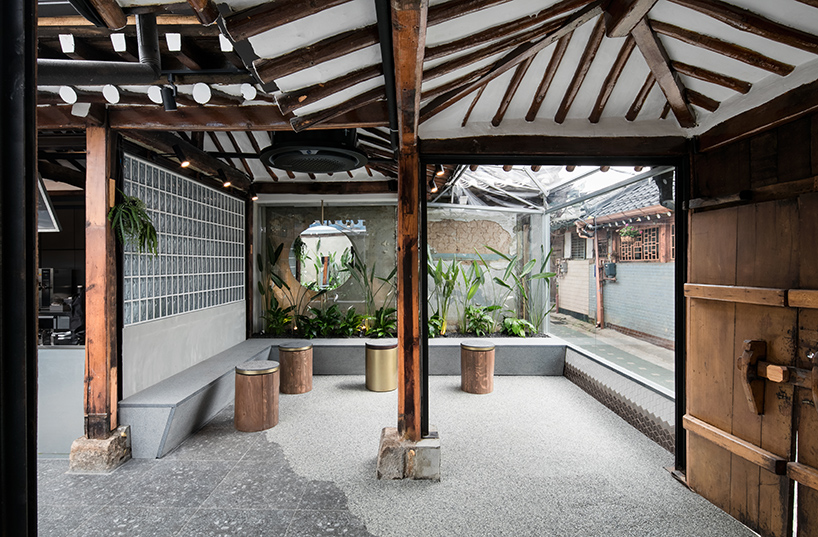
glass allows passersby to view inside seoul coffee and vice versa
one common item that was used during the 1980s and 1990s was signage from a barber shop that is now hardly found. taking this idea, they replaced the signage and details, repositioned it horizontally rather than vertically as it was used several decades ago. this created a unique welcome that would develop the identity desired for the branch of seoul coffee. furthermore, other materials and items used to create this identity were glass blocks, frequently utilized by bath houses, hospitals and in corridors of buildings in the late 1900s.
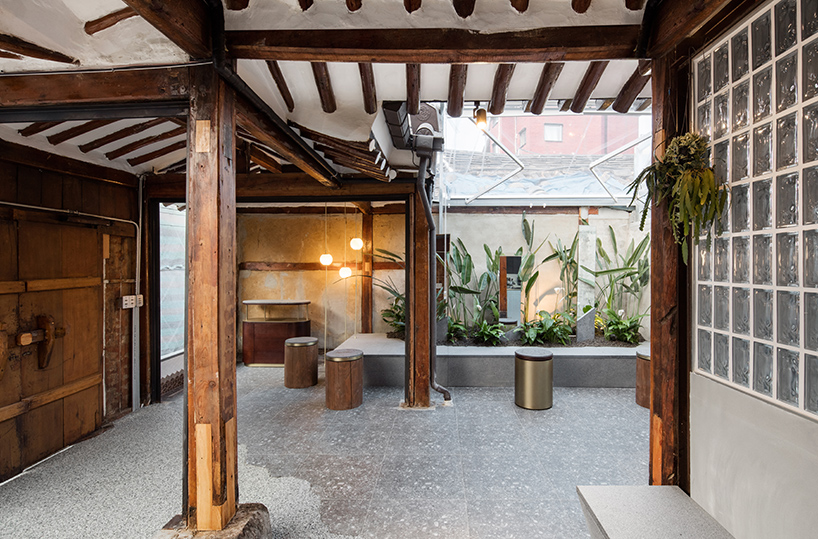
alternate view of seating area shows lots of opportunity for clients to lounge within the traditional home
but the architects at LABOTORY also wanted to distance themselves from other asian cultures, citing that they desired a ‘uniquely korean feel.’ this was accomplished by placing an emphasis on ‘natural aspects,’ using materials that would promote korean culture, such as granite, to blur the distinction between the floor and the outer lines, successfully bringing together the old and new in the rustic hanok setting.
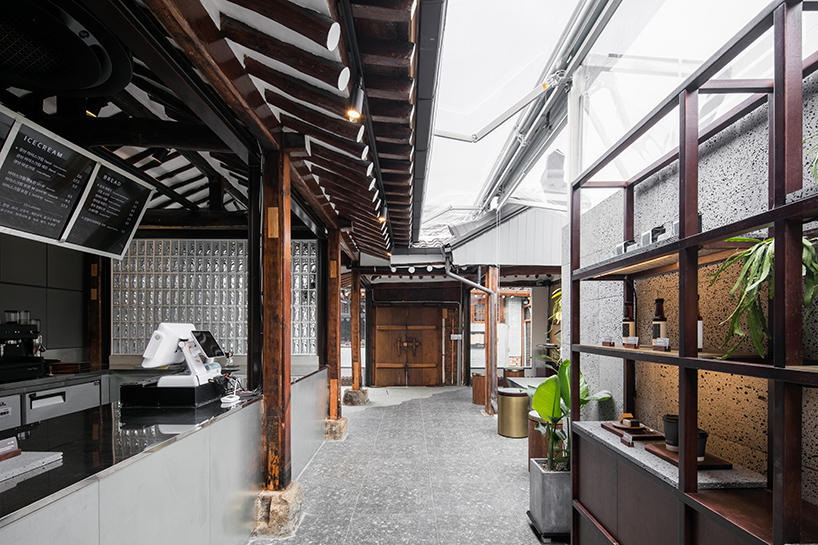
the cashier is located in the hallway in the middle of the shop
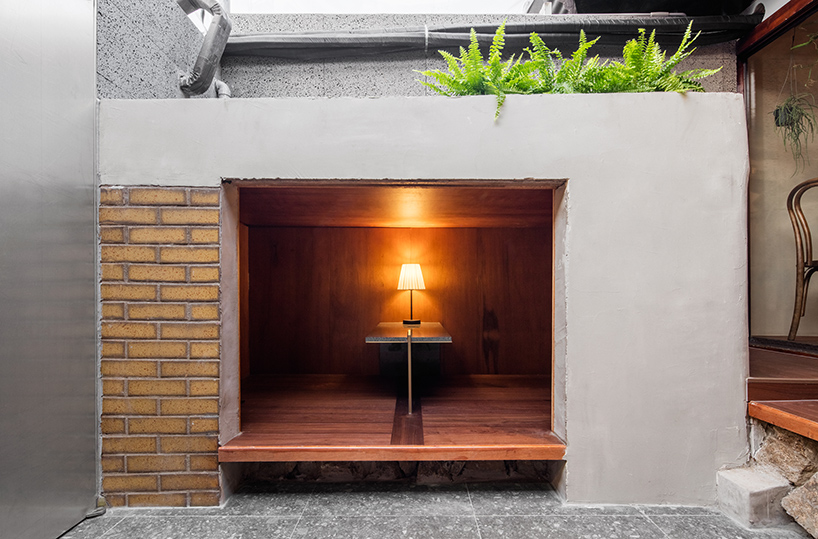
a private den seating area is perfect for two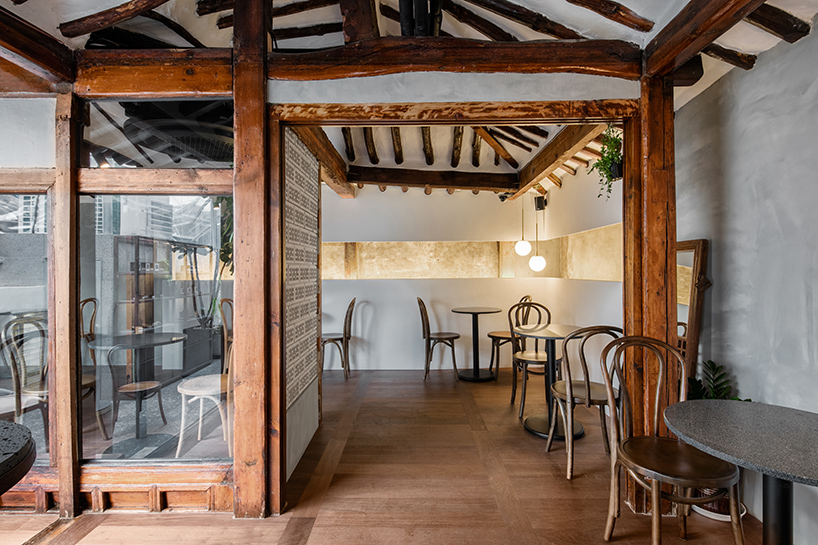
the back of the coffee shop has more tables to sit and enjoy the design of the home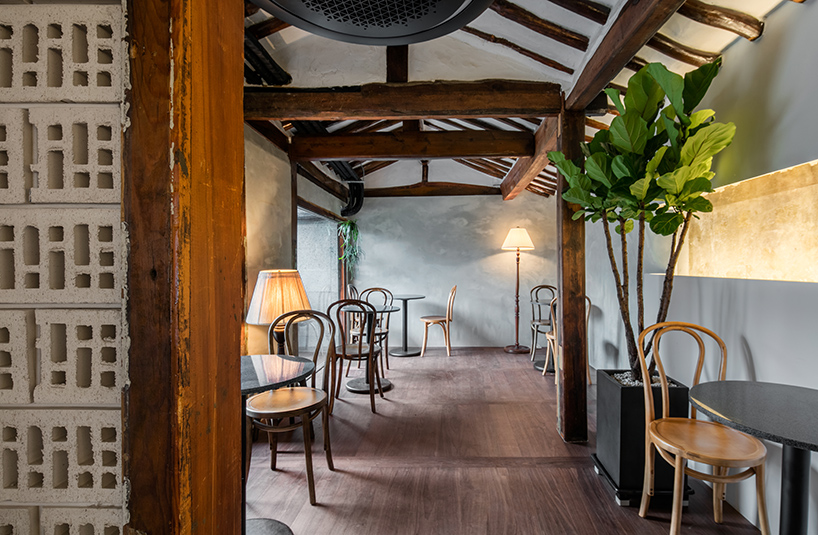
greenery is also an element used in seoul coffee’s latest branch 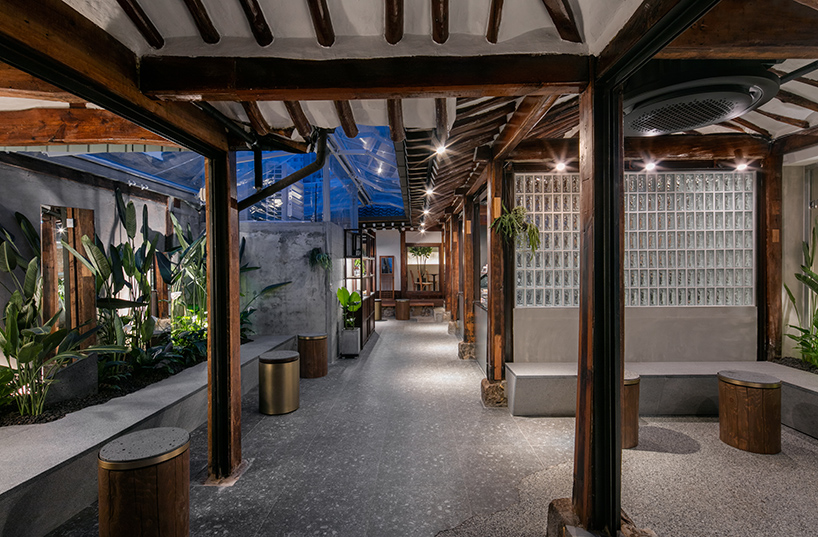
at twilight, the glass allows the night sky to be shown which compliments the shop brilliantly 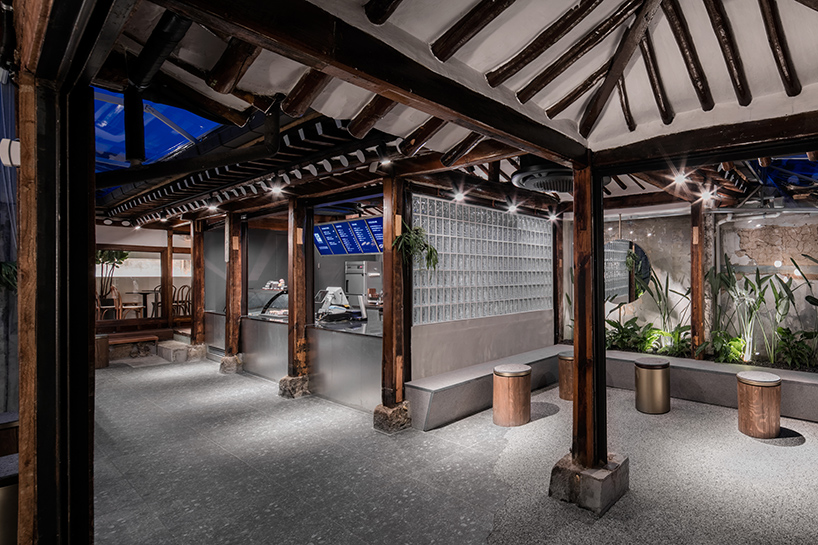
the ikseon-dong branch can also have an intimate atmosphere
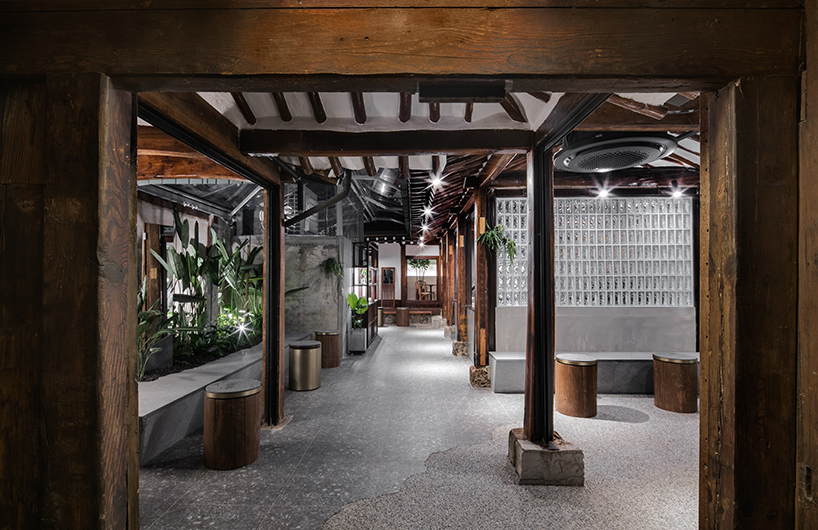
shot from the doorway, you can clearly see the layout of the shop with the chairs and tables in the back 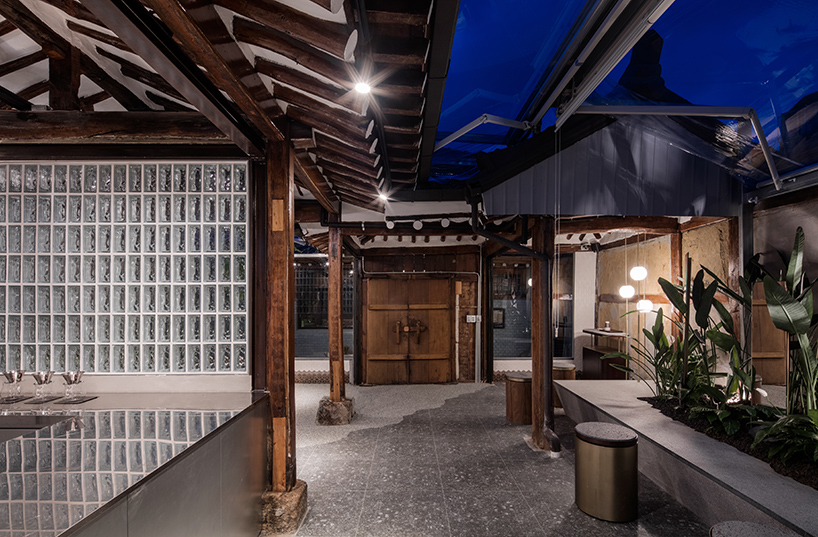
the glass windows at the front of the shop fuses modernity with traditionality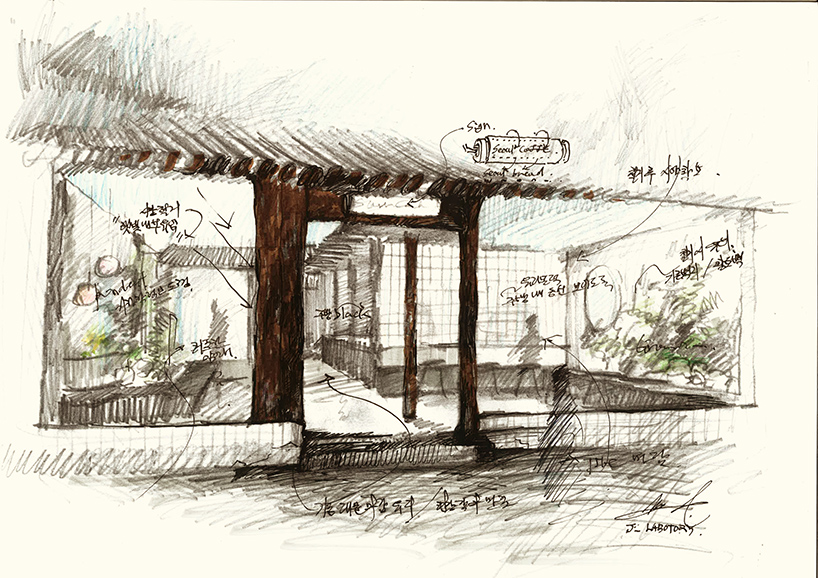
concept sketch of the shop’s entrance by architects at LABOTORY


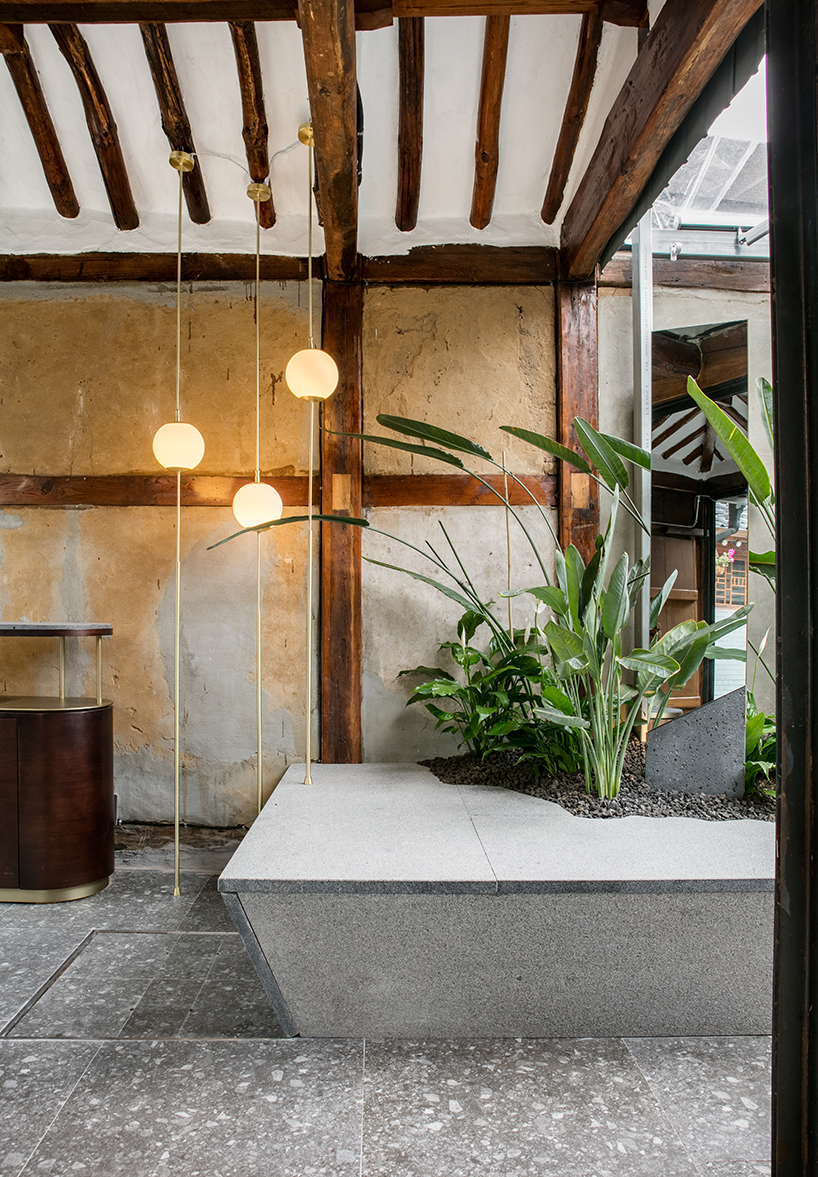





project info:
project name: seoul coffee, ikseon branch
direction and oversight: labotory / kimin park, jinho jung
design and audit: labotory / seulki yu, suhjeong lee
display: studio lit / jiyeon kang
photography: yongjin choi
location: 166-31 ikseon-dong, jongno-gu, seoul
area: 120m2
exterior: tile
floor: tile , gravel , wood flooring
walls: concrete plastering , glass block
ceiling: paint
date of completion: june 16, 2017
